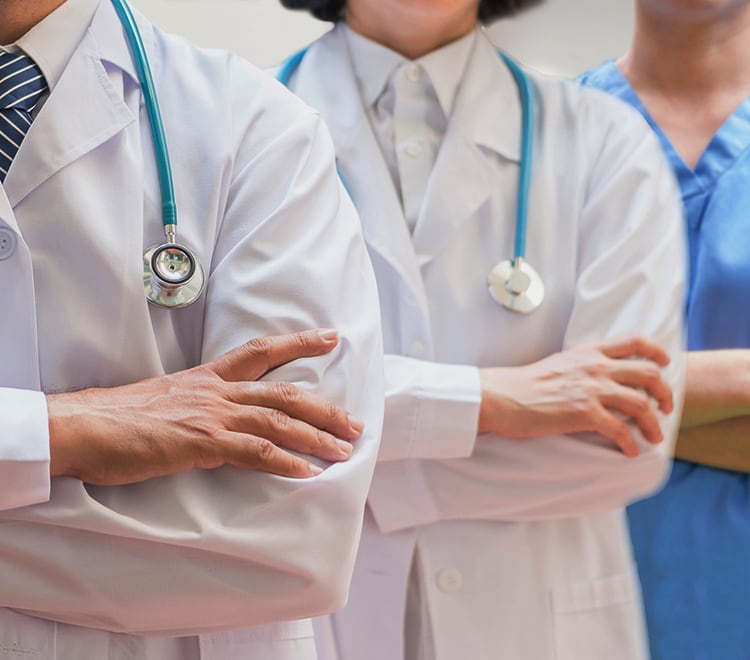What are STDs? Prevention and Treatment Guidelines
What are STDs?
Sexually Transmitted Diseases (STDs) are diseases that can be transmitted from one person to another through sexual contact, including vaginal, oral, or anal sex. These infections are caused by bacteria, viruses, or parasites. Some STDs may present no symptoms but can still cause serious long-term health problems if left untreated.
Common STDs include Chlamydia, Gonorrhea, Syphilis, HIV/AIDS, Herpes, and HPV. Each of these diseases has different symptoms, such as sores in the genital area, painful urination, unusual discharge, or blisters. If left untreated, STDs can lead to complications such as infertility or increased risk of contracting HIV.

Types of STDs and Common Symptoms
STDs can be caused by bacteria, viruses, or parasites, and they can affect different parts of the body. Some common types of STDs and their symptoms include:
Chlamydia & Gonorrhea: Symptoms often include painful urination, abnormal discharge, or lower abdominal pain.
Syphilis: Typically begins with a painless sore in the genital area, which may heal on its own but can lead to serious complications if untreated.
HIV/AIDS: Initially causes flu-like symptoms, but over time can severely weaken the immune system.
Herpes: Causes blisters or sores around the genitals, mouth, or anus.
HPV (Human Papillomavirus): Can cause genital warts and increase the risk of cervical cancer.
Principles of STD Treatment
Treatment for STDs depends on the type of infection. Some STDs caused by bacteria, like Chlamydia or Gonorrhea, can be treated with antibiotics, while viral infections, such as Herpes or HIV, require antiviral medications to manage symptoms and reduce transmission.
Early treatment is important to prevent complications or the spread of the infection to others. Additionally, medical advice and regular screenings are key to preventing future infections.
Treatment Methods for Different STDs
Chlamydia & Gonorrhea: These bacterial infections are treated with antibiotics, such as Azithromycin or Doxycycline, which effectively eliminate the infection.
Syphilis: The primary treatment is Penicillin, which can cure the infection in its early stages.
Herpes & HIV/AIDS: Antiviral medications like Acyclovir for Herpes and Antiretroviral Therapy (ART) for HIV help control symptoms and reduce the risk of spreading the virus.
HPV: Vaccines are available to prevent HPV, which can cause cervical cancer, while warts can be treated through surgery or laser therapy.

Effective Treatment Approaches
Effective treatment involves selecting the appropriate therapy based on the type of infection. Antibiotics or antiviral medications are commonly used to treat bacterial and viral STDs, respectively. Additionally, Antibiotic Combination Therapy and Antiviral Therapy are approaches that can enhance treatment efficacy, especially in cases where the infection is resistant to standard treatments.
Prevention of STD Infections
Prevention is crucial in reducing the risk of future infections:
Using condoms: Condoms are highly effective in preventing the transmission of most STDs.
Vaccination: Vaccines like the HPV vaccine and the Hepatitis B vaccine can prevent certain types of infections.
Regular testing: Regular STD screenings can help detect infections early and start treatment promptly.
Importance of Follow-Up After Treatment
Following treatment, it’s important to follow up to ensure the infection has been completely eradicated. Additionally, it helps monitor for any side effects of the medications or other complications related to the STD. Follow-up care also provides an opportunity for patients to receive further guidance on how to prevent future
Conclusion
Effective STD treatment requires proper diagnosis and the use of appropriate medications. Early intervention is key to preventing complications and stopping the spread of infections. Prevention through safe sexual practices and regular health check-ups plays an essential role in maintaining long-term health and reducing the risk of STDs.
